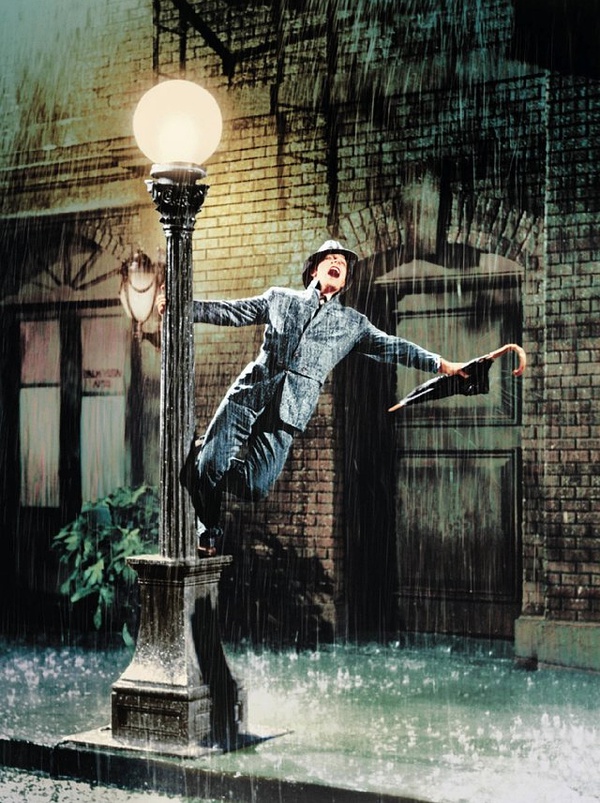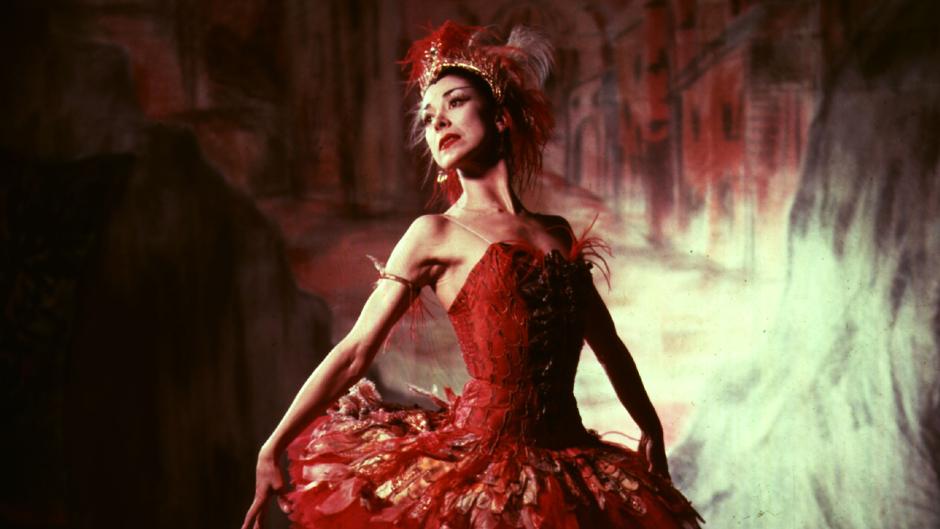 Dame Margot Fonteyn’s name dominated British ballet for more than 40 years as one of the truly great dancers of our time and the most famous ballerina of the second half of the century. Her name is one part of the legendary partnership with Rudolf Nureyev, with Fonteyn becoming late choreographer Frederick Ashton’s muse and an iconic figure of the English classical ballet style of elegance.
Dame Margot Fonteyn’s name dominated British ballet for more than 40 years as one of the truly great dancers of our time and the most famous ballerina of the second half of the century. Her name is one part of the legendary partnership with Rudolf Nureyev, with Fonteyn becoming late choreographer Frederick Ashton’s muse and an iconic figure of the English classical ballet style of elegance.
Fonteyn’s career began when she auditioned successfully for the Vic-Wells ballet, making her debut in 1934 as a snowflake in Nutcracker under Dame Ninette de Valois. After Alicia Markova, the company’s first ballerina, left in 1935, Fonteyn eventually became the company’s (later becoming The Royal Ballet) Prima ballerina assoluta and succeeded in some of the great classical roles of ballet. By 1939 Fonteyn had danced Aurora, Giselle, and Odette/Odile, and had already created many roles for Ashton’s work. For 25 years their choreographer-dancer partnership produced most of her greatest roles and his greatest ballets.
The company took up residence at Covent Garden, first performing Sleeping Beauty and then Symphonic Variations and Cinderella, which sealed Fonteyn as national treasure and international star. Fonteyn then went on to tackle Tamara Karsavina’s (ballerina of Serge Diaghilev’s Ballets Russes) title role in Firebird and created the characters of Ondine and Chloe. 1961 saw Nureyev journey to London dance Giselle with Fonteyn by invitation of de Valois, bringing to life one of the most famous partnership in the history of ballet. It is argued that Fonteyn’s career was extended by 15 years following the beginning of the partnership and she performed in many new ballets which were usually created to explore the dynamics of the partnership, the most famous probably being Ashton’s Marguerite and Armand.
Fonteyn gave her final performance in the early 1970s, and retired to Panama to live with her husband. She died of cancer in 1991.

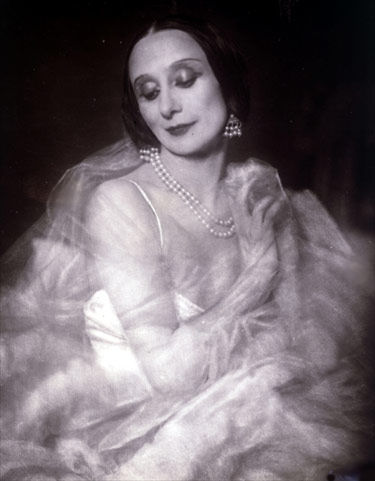 For 2013, 12th February marked the 132nd birthday of celebrated ballerina Anna Pavlova, born 12 February 1881.
For 2013, 12th February marked the 132nd birthday of celebrated ballerina Anna Pavlova, born 12 February 1881.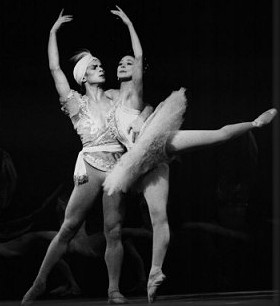 The partnership of Rudolf Nureyev and Margot Fonteyn is one which dance audiences and balletomanes alike still speculate about. However, it remains that their partnership is perhaps one of the most celebrated and talked about in the world.
The partnership of Rudolf Nureyev and Margot Fonteyn is one which dance audiences and balletomanes alike still speculate about. However, it remains that their partnership is perhaps one of the most celebrated and talked about in the world. With 2013 marking The Place’s 43rd anniversary, it was the opening of The Place theatre and the London Contemporary Dance School that saw a distinctly British school of modern dance. Although Robert Cohan may not have been the first person to teach or perform contemporary dance in the UK, he was the first to do it with a vision. As a dance partner of Martha Graham, one of the mothers of American modern dance, Cohan came to the UK from the US in 1967 and set in motion the careers of many of the UK’s most influential choreographers, from Richard Alston and Siobhan Davies to West End veteran Anthony Van Laast. Beginning humbly by teaching Graham technique to students, actors and artists who had little formal dance training, they were soon performing Cohan’s choreography as LCDT.
With 2013 marking The Place’s 43rd anniversary, it was the opening of The Place theatre and the London Contemporary Dance School that saw a distinctly British school of modern dance. Although Robert Cohan may not have been the first person to teach or perform contemporary dance in the UK, he was the first to do it with a vision. As a dance partner of Martha Graham, one of the mothers of American modern dance, Cohan came to the UK from the US in 1967 and set in motion the careers of many of the UK’s most influential choreographers, from Richard Alston and Siobhan Davies to West End veteran Anthony Van Laast. Beginning humbly by teaching Graham technique to students, actors and artists who had little formal dance training, they were soon performing Cohan’s choreography as LCDT.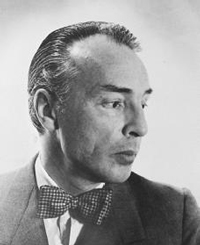 January 22 2013 marked the birthday of Giorgi Melitonovitch Balachivadze, otherwise known to ballet and dance fans all over the world as George Balanchine, born in 1904 in St. Petersburg, Russia. Balanchine, as the co-founder of the New York City Ballet and one of the greatest choreographers of modern ballet, created the aesthetic we can recognise in theatres today, with costumes of often just leotards, tights and shoes. Other works, such as Jewels, are more classical in taste, but still echoes the Balanchine style and legacy throughout the dance sector in the twenty-first century.
January 22 2013 marked the birthday of Giorgi Melitonovitch Balachivadze, otherwise known to ballet and dance fans all over the world as George Balanchine, born in 1904 in St. Petersburg, Russia. Balanchine, as the co-founder of the New York City Ballet and one of the greatest choreographers of modern ballet, created the aesthetic we can recognise in theatres today, with costumes of often just leotards, tights and shoes. Other works, such as Jewels, are more classical in taste, but still echoes the Balanchine style and legacy throughout the dance sector in the twenty-first century.
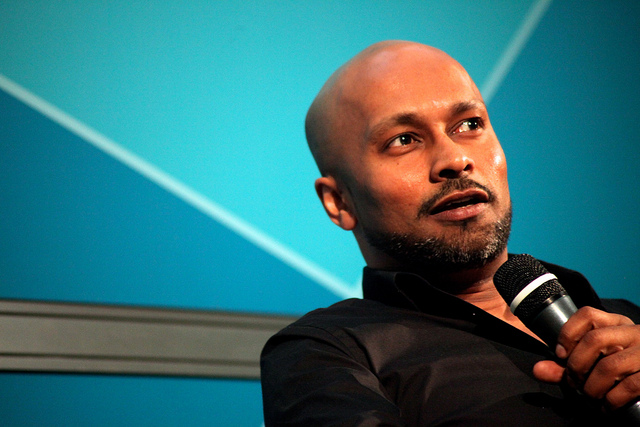
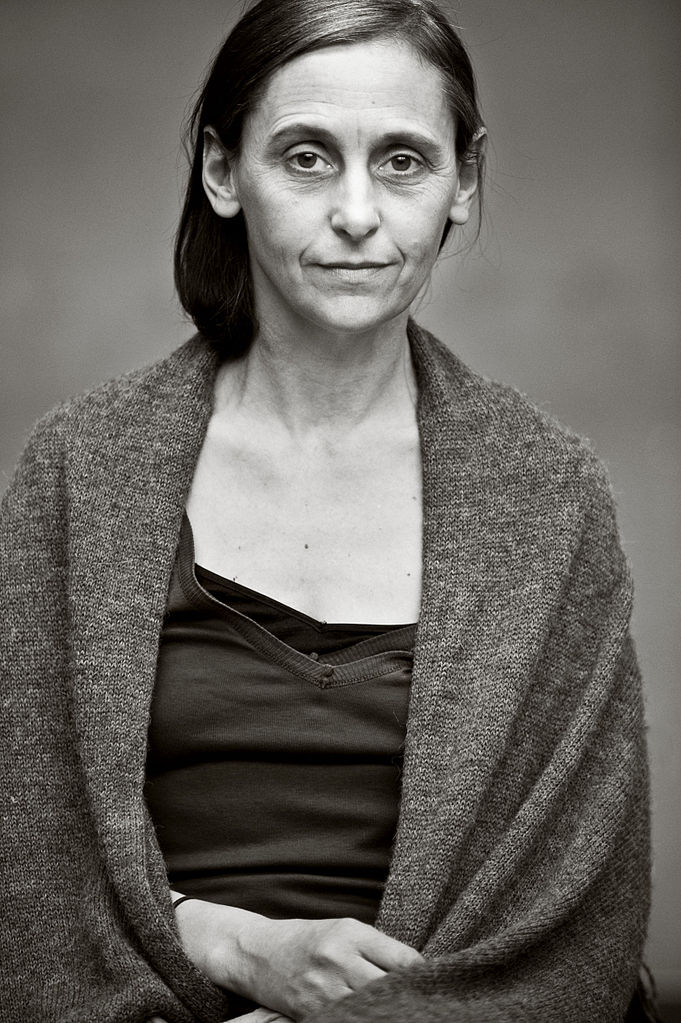 Despite much time elapsing between the esteemed choreographer Anne Teresa De Keersmaeker’s next moves in the dance world and the similarities of her work with a high-heeled music video of Beyoncé’s, it still seems fit to draw upon the links between the almost chilling uniformity of De Keersmaeker’s Rosas Danst Rosas and Beyoncé’s Countdown music video, seemingly inspired by the choreographer. This connection between the contemporary dance world and the pop culture to which Beyoncé belongs is becoming shorter, with both choreographers and music artists being inspired by alternative stimuli.
Despite much time elapsing between the esteemed choreographer Anne Teresa De Keersmaeker’s next moves in the dance world and the similarities of her work with a high-heeled music video of Beyoncé’s, it still seems fit to draw upon the links between the almost chilling uniformity of De Keersmaeker’s Rosas Danst Rosas and Beyoncé’s Countdown music video, seemingly inspired by the choreographer. This connection between the contemporary dance world and the pop culture to which Beyoncé belongs is becoming shorter, with both choreographers and music artists being inspired by alternative stimuli.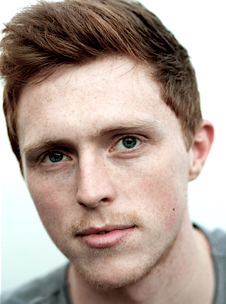 James Cousins (who may be argued as one of the most exciting new choreographers of 2012), is dusting off his practice shoes and preparing to present a programme of new work at Sadler’s Wells, the renowned ‘dance house’ of the UK.
James Cousins (who may be argued as one of the most exciting new choreographers of 2012), is dusting off his practice shoes and preparing to present a programme of new work at Sadler’s Wells, the renowned ‘dance house’ of the UK.